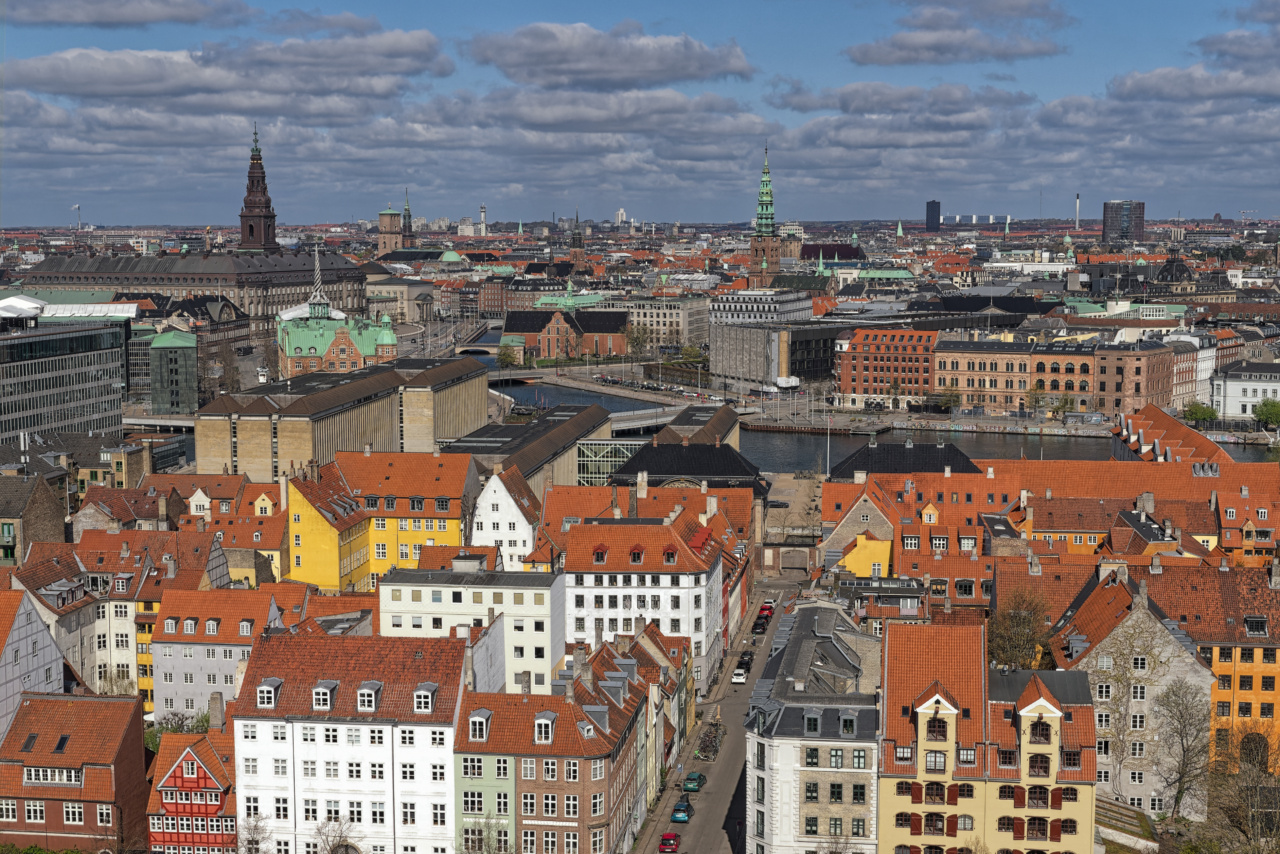Our homes are supposed to be our safe havens—places where we can relax, unwind, and feel protected from the outside world.
However, there are numerous unseen killers lurking inside our houses, threatening our health and well-being without us even being aware of their presence. From common household items to hidden dangers, it is essential to be knowledgeable about these invisible threats to ensure a healthy and safe living environment for ourselves and our loved ones.
1. Indoor Air Pollution
Indoor air pollution is one of the top unseen killers in our homes. While we often associate pollution with outdoor environments, the air inside our houses can actually be more contaminated.
Volatile organic compounds (VOCs) emitted from cleaning products, paints, building materials, and even our furniture can significantly deteriorate indoor air quality. Long-term exposure to these pollutants can lead to respiratory problems, allergies, asthma, and other serious health issues.
2. Radon Gas
Radon gas is another silent killer that commonly goes undetected in homes. This odorless, colorless radioactive gas is formed by the natural breakdown of uranium in soil, water, and rocks.
When radon gas enters our homes through cracks in the foundation, it can accumulate and reach dangerous levels. Prolonged exposure to radon gas increases the risk of lung cancer, especially for those who smoke.
3. Mold and Mildew
The growth of mold and mildew in our houses might seem harmless, but it can have severe consequences on our health. Mold spores are present in the air around us, and when they find favorable conditions—moisture and warmth—they can quickly multiply.
Regular exposure to mold can cause allergic reactions, respiratory issues, and even exacerbate existing conditions such as asthma.
4. Carbon Monoxide
Carbon monoxide (CO) is a highly toxic gas that is formed by incomplete combustion of fuels like gas, oil, coal, and wood.
It is often referred to as the “silent killer” since it is odorless and tasteless, making it extremely difficult to detect without proper monitoring. Breathing in high levels of carbon monoxide can lead to symptoms like headaches, dizziness, nausea, and in severe cases, it can be fatal.
5. Lead
Lead is a hazardous metal commonly found in older homes, particularly in paint, pipes, and soil. Children are particularly vulnerable to lead poisoning, which can lead to developmental delays, learning difficulties, and behavioral problems.
Even low levels of lead exposure can be harmful, making it crucial to take preventive measures and ensure your home is free of lead-based products.
6. Dust Mites
Dust mites are microscopic creatures that thrive in warm and humid environments, feeding on dead skin cells. They are a common allergen, and their droppings can trigger asthma and allergy symptoms.
Keeping your home clean, maintaining low humidity levels, and using dust mite-proof bedding can help reduce their presence and prevent related health issues.
7. Pesticides
Pesticides are often used to eliminate pests like insects, rodents, and weeds, but they can pose a risk to human health as well.
Exposure to pesticides has been linked to various conditions such as cancer, reproductive problems, and neurological disorders. It is essential to use these chemicals cautiously and consider safer alternatives whenever possible.
8. Electromagnetic Radiation
In our increasingly connected world, we are surrounded by electromagnetic radiation (EMR) from various sources like cell phones, Wi-Fi routers, and other electronic devices.
Prolonged exposure to EMR has raised concerns about its potential effects on our health, including an increased risk of cancer, electromagnetic hypersensitivity, and sleep disturbances.
9. Asbestos
Asbestos is a naturally occurring mineral fiber that was once widely used in building materials due to its strength and heat-resistant properties.
However, extended exposure to asbestos fibers can cause serious lung diseases, including lung cancer and mesothelioma. Homes constructed before the 1980s are more likely to contain asbestos, so proper precautions should be taken during renovations or repairs.
10. Formaldehyde
Formaldehyde is a colorless gas with a strong, pungent odor that is frequently used in manufacturing and building materials. High levels of formaldehyde can be released into the air from products such as pressed wood, carpets, and insulation foam.
Breathing in formaldehyde can cause respiratory irritation, allergic reactions, and long-term exposure has been linked to an increased risk of cancer.






























